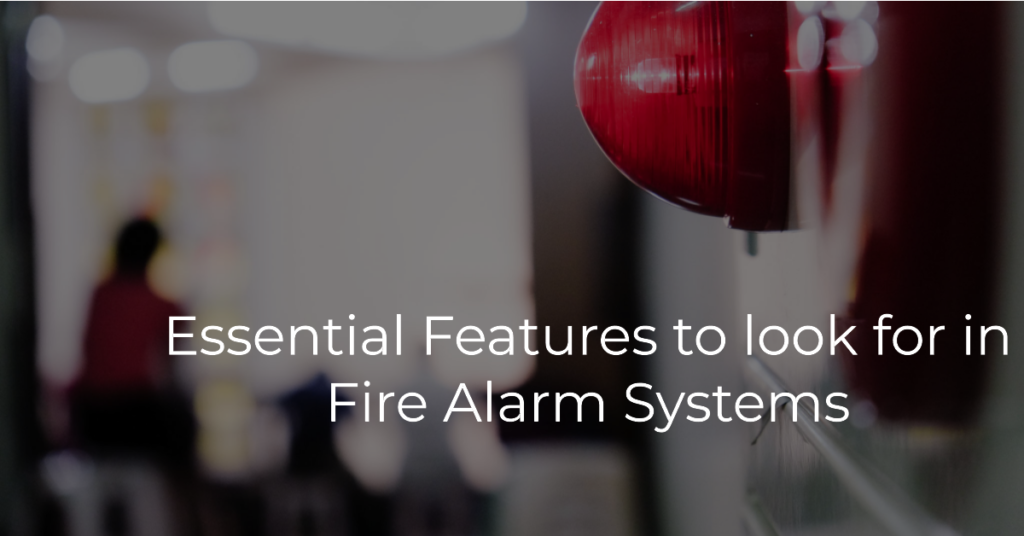
As a channel business partner providing fire alarm system solutions to end customers, it is crucial to understand the essential features and components that make up a reliable fire alarm system. This comprehensive guide aims to help you navigate through the key elements to consider when selecting fire alarm systems, ensuring optimal safety and efficiency for your clients’ premises.
Smoke Detectors: Timely Detection and Rapid Response
Smoke detectors are the backbone of any fire alarm system. Look for detectors that utilize advanced technologies such as photoelectric and ionization sensors, allowing for the timely detection of smoke particles. Additionally, consider features like self-testing capabilities and maintenance alerts to ensure the detectors are functioning optimally at all times.
Heat Detectors: Detecting High Temperatures
Heat detectors are particularly useful in areas where smoke detectors may not be suitable, such as kitchens or dusty environments. Look for heat detectors that can accurately detect rapid increases in temperature and activate alarms when a predetermined threshold is exceeded. Adjustable sensitivity levels and built-in thermal sensors contribute to precise heat detection.
Alarm Panels: Centralized Control and Monitoring
Alarm panels serve as the central control unit for fire alarm systems, allowing for efficient monitoring and control of multiple devices and zones. Opt for panels that offer user-friendly interfaces, remote access capabilities, and compatibility with various sensors and detectors. Advanced features like event logging and zone-specific control provide flexibility and convenience.
Emergency Communication Systems: Effective Notifications and Evacuation
Integrated emergency communication systems play a vital role in guiding occupants during fire emergencies. Look for fire alarm systems that offer loudspeakers, sirens, and visual displays to provide clear and concise instructions for safe evacuation. These systems should be capable of delivering notifications throughout the entire premises to ensure everyone is promptly informed.
Integration with Other Safety Systems: Enhanced Coordination
Fire alarm systems should seamlessly integrate with other safety systems, such as access control, video surveillance, and building management systems. This integration enables automated responses and coordinated actions in emergency situations. Prioritize fire alarm systems that support open protocols and allow for smooth data exchange, promoting a holistic and integrated safety approach.
Conclusion
By considering the essential features outlined above, system integrators can select and provide fire alarm system solutions that meet the highest safety standards for their end customers. Ensuring the inclusion of reliable smoke detectors, heat detectors, alarm panels, emergency communication systems, and seamless integration with other safety systems will contribute to optimal safety and efficiency in the event of a fire emergency.
We at Infinity Technologies have an in-depth product portfolio of Fire Alarm Systems from industry leading companies like Gulf Security Technologies, Edwards & Kidde. We have in-house professional experts who can help customers with any technical problems. With such backing, we are able to provide the right solutions to our partners so that they can offer guaranteed satisfaction to their customers.
